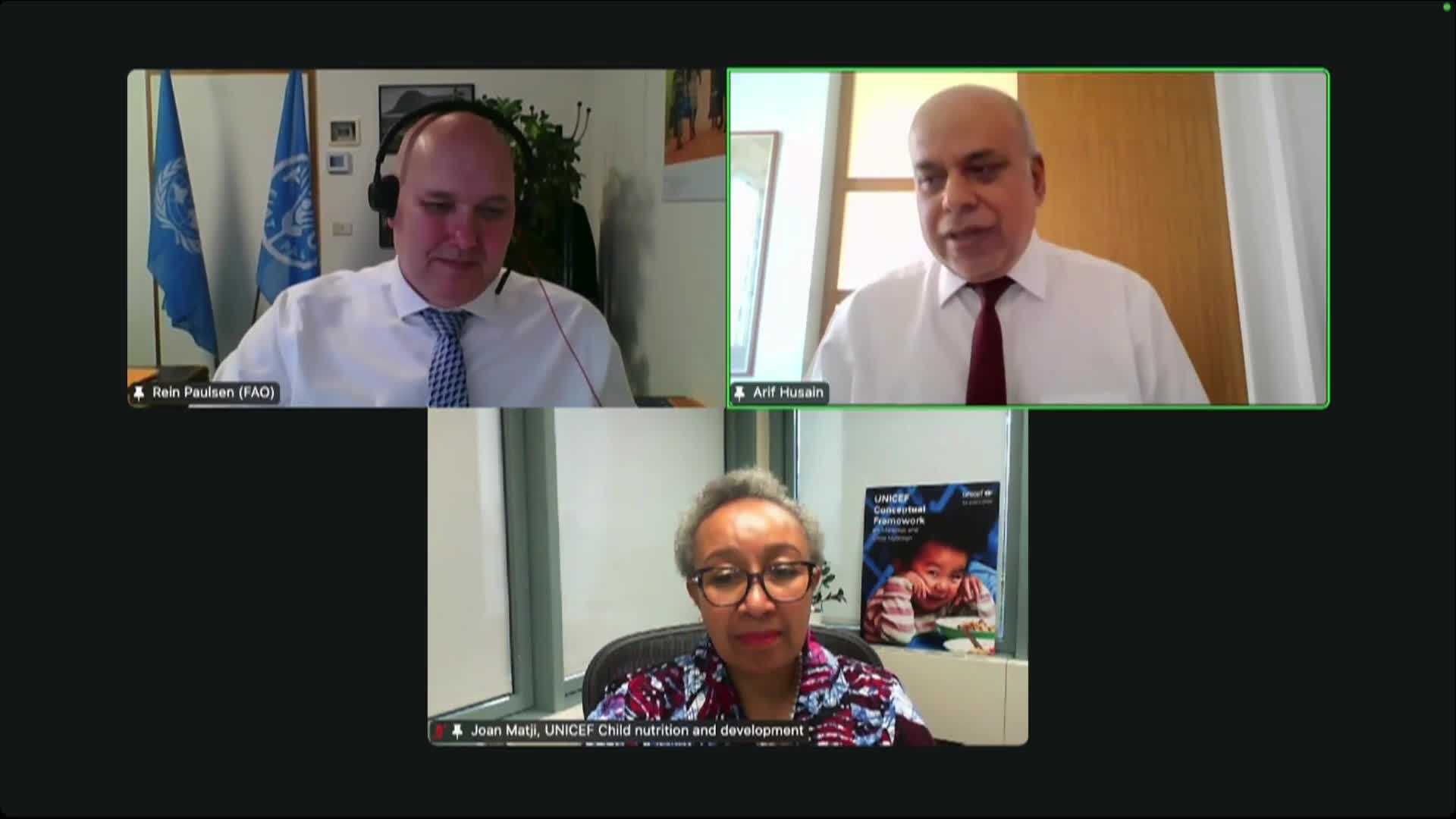Food Program Funding Drops Nearly 40% Impacting 124M People, Warns WFP
May 18, 2025 | United Nations, Federal
This article was created by AI summarizing key points discussed. AI makes mistakes, so for full details and context, please refer to the video of the full meeting. Please report any errors so we can fix them. Report an error »

In a recent press conference discussing the 2025 Global Report on Food Crises, officials highlighted alarming cuts to food assistance programs that could significantly impact millions of people worldwide. The United States, the largest donor to these programs, has reduced its contributions from nearly $9.8 billion last year to a projected $6.4 billion this year—a nearly 40% decrease. This reduction is not isolated; other countries are also scaling back their support, leading to a concerning trend in global food security.
The consequences of these cuts are severe. Last year, food assistance programs reached approximately 124 million people, but this year, that number could drop to under 100 million if funding does not improve. Officials warned that such drastic reductions in aid can destabilize already fragile regions, creating conditions ripe for conflict, displacement, and extremism.
The urgency of the situation was emphasized, with calls for a collective response to address the looming crisis. The World Food Programme (WFP) and its partners, including various NGOs and UN agencies, are all facing similar funding challenges. This means that individuals reliant on food assistance are not just experiencing cuts from one source but are affected across multiple organizations.
The meeting underscored the need to view food security as a critical aspect of national security. As funding decreases, the potential for increased humanitarian crises grows, leading to higher costs in the long run for countries that may need to respond to the fallout. The message was clear: immediate action is necessary to prevent further deterioration of food security and to support those most in need.
The consequences of these cuts are severe. Last year, food assistance programs reached approximately 124 million people, but this year, that number could drop to under 100 million if funding does not improve. Officials warned that such drastic reductions in aid can destabilize already fragile regions, creating conditions ripe for conflict, displacement, and extremism.
The urgency of the situation was emphasized, with calls for a collective response to address the looming crisis. The World Food Programme (WFP) and its partners, including various NGOs and UN agencies, are all facing similar funding challenges. This means that individuals reliant on food assistance are not just experiencing cuts from one source but are affected across multiple organizations.
The meeting underscored the need to view food security as a critical aspect of national security. As funding decreases, the potential for increased humanitarian crises grows, leading to higher costs in the long run for countries that may need to respond to the fallout. The message was clear: immediate action is necessary to prevent further deterioration of food security and to support those most in need.
View full meeting
This article is based on a recent meeting—watch the full video and explore the complete transcript for deeper insights into the discussion.
View full meeting